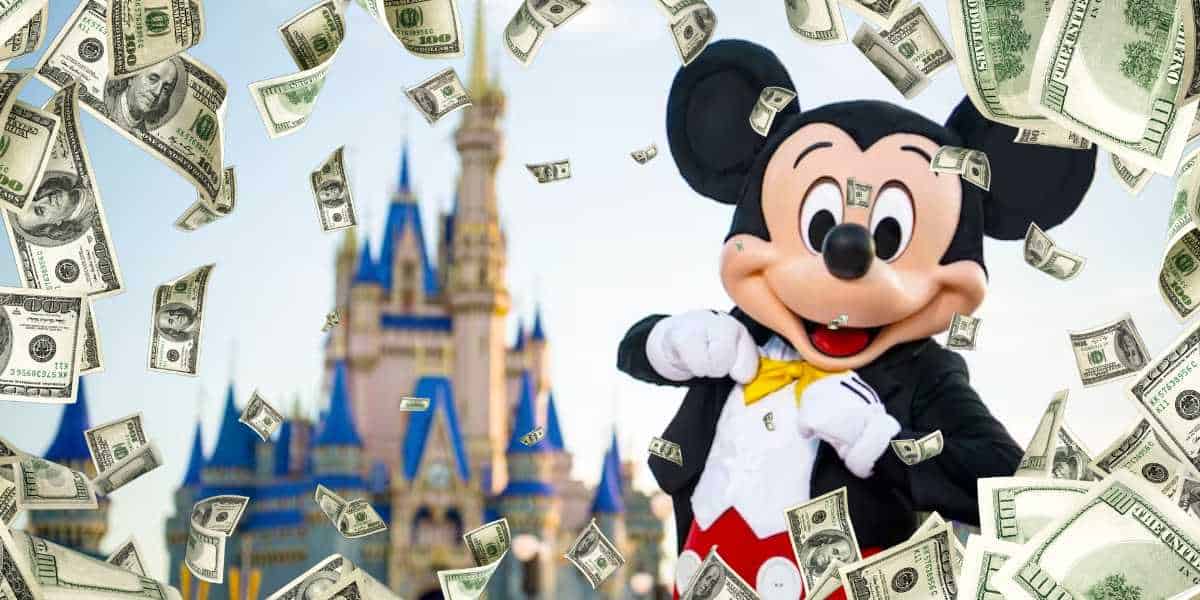Trends in Tourism: Lessons from Las Vegas
Las Vegas is witnessing a notable decline in tourism, with numbers recently reported down by 11 percent. This downturn can be attributed to several factors, including changing consumer behavior, economic stressors, and shifts in international travel patterns. The financial landscape has shifted dramatically as Las Vegas transforms from the quintessential “Sin City” to a more legitimate tourist destination. This shift brings valuable lessons for Disney Parks in a similar scenario.

Several components have contributed to Las Vegas’s tourism decline. Economic policies and inflation have constrained disposable income, making luxury travel less accessible for many Americans. Moreover, international visitors have become scarce, and government policies that limit travel have contributed to this decline. Understanding these dynamics is crucial for Disney Parks to anticipate and mitigate potential challenges.
Financial Performance of Disney Parks
Despite the challenges, Disney Parks reported strong financial performance in recent quarters. The Parks and Experiences Division achieved record revenues, surpassing $9 billion with an 8 percent increase year over year.

However, a deeper look reveals that while revenue might be substantial, visitor numbers are dwindling. Disney’s Chief Financial Officer acknowledged that the increase in spending per visitor is driving profits; fewer guests are paying significantly more for their experiences.
This reliance on higher spending from a more affluent customer base might be a double-edged sword for Disney Parks. If the economy continues to falter or the number of guests decreases, the parks risk experiencing a sudden dive in revenues. While this financial strategy works well during prosperous times, it could signal trouble if economic conditions falter, as seen in Las Vegas.
Economic Factors Influencing Travel Choices
The economic landscape shapes travel behaviors for individuals considering trips to entertainment hubs such as Disney Parks and Las Vegas. Inflation is a significant factor squeezing disposable income, leading families to reassess their vacation plans. When faced with rising costs for everyday items, leisure travel often falls to the bottom of household budgets.

Comparatively, Disney Parks and Las Vegas have adopted aggressive pricing strategies, resulting in premium costs for experiences, merchandise, and accommodations. While this may work in prosperous times, it raises concerns about long-term viability. Visitors may seek affordable alternatives or forego vacations altogether, impacting both destinations.
Broader economic trends affecting consumer confidence and perception play a fundamental role in tourism dynamics. As disposable income diminishes, families prioritize essentials over luxury trips, signaling a potential crisis for tourism-heavy locales.
Future Outlook for Disney Parks
Disney Parks’ future hinges heavily on how it adapts to these economic pressures. The potential consequences of continued pricing increases are stark. If economic conditions persist, visitors may either change their travel patterns or seek out more budget-friendly options. It is vital for Disney Parks to learn from Las Vegas’s current struggles to position itself for favorable outcomes.

Disney Parks could consider various strategies to navigate economic downturns, such as diversifying offerings to cater to a broader range of income levels. Developing promotions focused on affordability without compromising the magic and experience of the parks could help retain guests from various financial backgrounds.
Maintaining a balanced visitor base will be crucial in the coming years. Disney Parks can create a more sustainable business model by avoiding over-reliance on a wealthy demographic. Additionally, engaging with families and middle-income individuals through various pricing tiers, packages, and experiences may safeguard against tourism decline risk.
Disney Parks and Las Vegas share the common challenge of weathering economic fluctuations. By paying close attention to the trends and consumer behaviors impacting Las Vegas, Disney Parks can better equip itself for future uncertainties in the tourism landscape. With thoughtful strategies, Disney Parks has the potential to thrive, even in challenging times.





